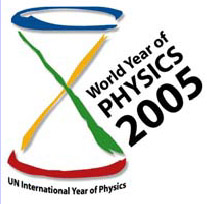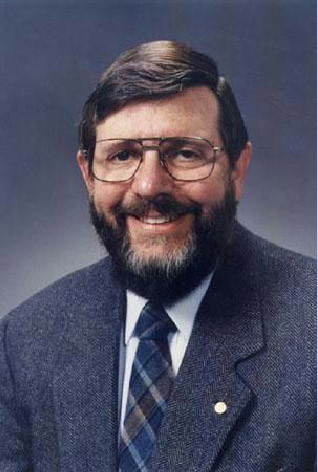
電気通信大学COE特別講演

講師: William D. Phillips 博士
米国国立標準技術研究所(NIST) フェロー
1997年ノーベル物理学賞受賞
日時: 2005年1月31日(月) 16:15〜17:45
場所: 電気通信大学 東5号館 241号室
講演概要: What is time? Even Einstein had a hard time answering this question, but in spite of that, we can measure time more accurately than any other quantity. Atomic clocks are the most accurate timepieces ever made, and are essential for such features of modern life as synchronization of high speed communication and the operation of the Global Positioning System (GPS) that guides aircraft, cars, boats and backcountry hikers to their destinations. The limitations of atomic clocks come from the thermal motion of the atoms: hot atoms move rapidly and suffer from time shifts as predicted by Einstein's Theory of Relativity.
Contrary to intuition, we can cool things by shining laser light on them. With laser cooling, applying ideas that originated with Einstein, we cool gases to less than one millionth of a degree above Absolute Zero. The slowly moving atoms in such a gas allow us to make even more accurate clocks, already so good that they would gain or lose only a second in 40 million years. Laser cooling has also made possible the observation of along-standing prediction of Einstein: Bose-Einstein condensation, hailed as one of the most important recent scientific developments.
問合わせ先: レーザー新世代研究センター 中川賢一(nakagawa@ils.uec.ac.jp)